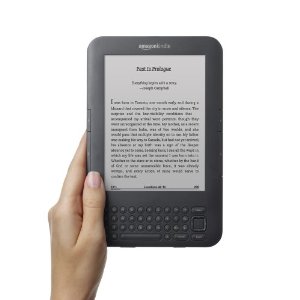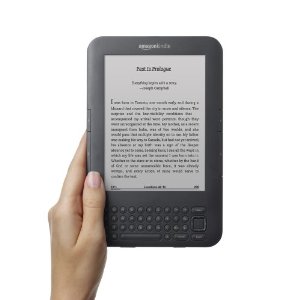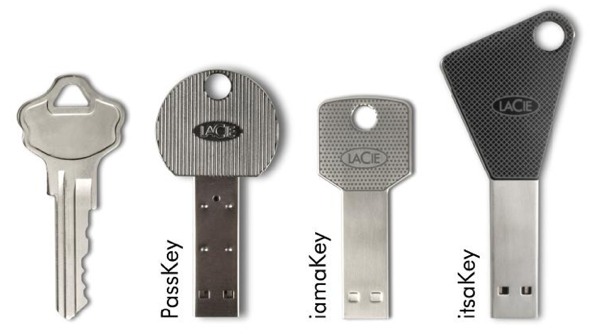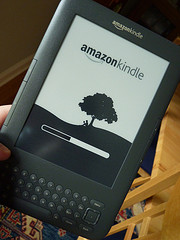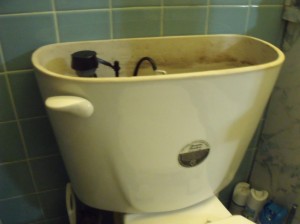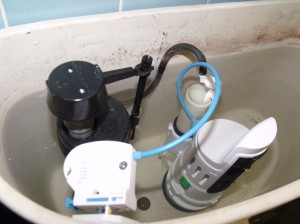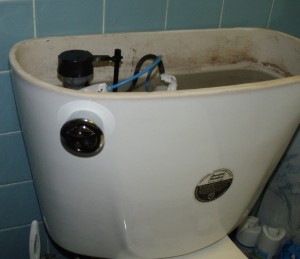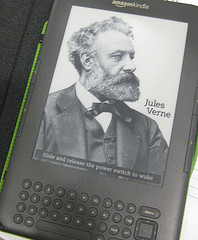
[asa]B004HZYA6E[/asa]
We love the Kindle. And it continues to get less expensive. There have been predictions that a new Kindle will come before the end of the year, that the Kindle will go sub $100, that Kindles will come free with Amazon Prime, etc.
But Amazon launched the Kindle 3G with Special Offers, sponsored by AT&T for $139. That is the same price we paid for a Kindle Wi-Fi last year, so we bought one.
Many have complained about the Special Offers, but they are nonobtrusive. And, global 3G data for life is a useful thing to have. Of course, we have a smartphone, but it has a monthly fee for data. Any tablet would have a monthly fee for data. The Kindle is not for games(although it has some great simple ones). The Kindle is for reading. But some reading, for example, news, is best delivered whereever you happen to be without need to hunt for an internet connection.
Conversely, there is a value to disconnecting and focusing on one thing, rather than switching. Multitasking, some say, is preventing us from giving proper focus to any one item.
Argue as you might, but the Kindle has a place in our society. And we’ve already taken advantage of our first special offer…a book for a buck.
Related articles
- Amazon, AT&T Announce Ad-Supported Kindle 3G for $139 (pcworld.com)
- Amazon to sell $139 Wi-Fi version of Kindle (seattletimes.nwsource.com)
- Kindle 3G with Special Offers now $139, sponsored by AT&T (digitaltrends.com)
- Kindle 3G with Special Offers Sponsored By AT&T, Now Priced At $139 (techcrunch.com)
- Amazon Kindle 3G gets AT&T-sponsored ad-supported option priced at $139 (engadget.com)




